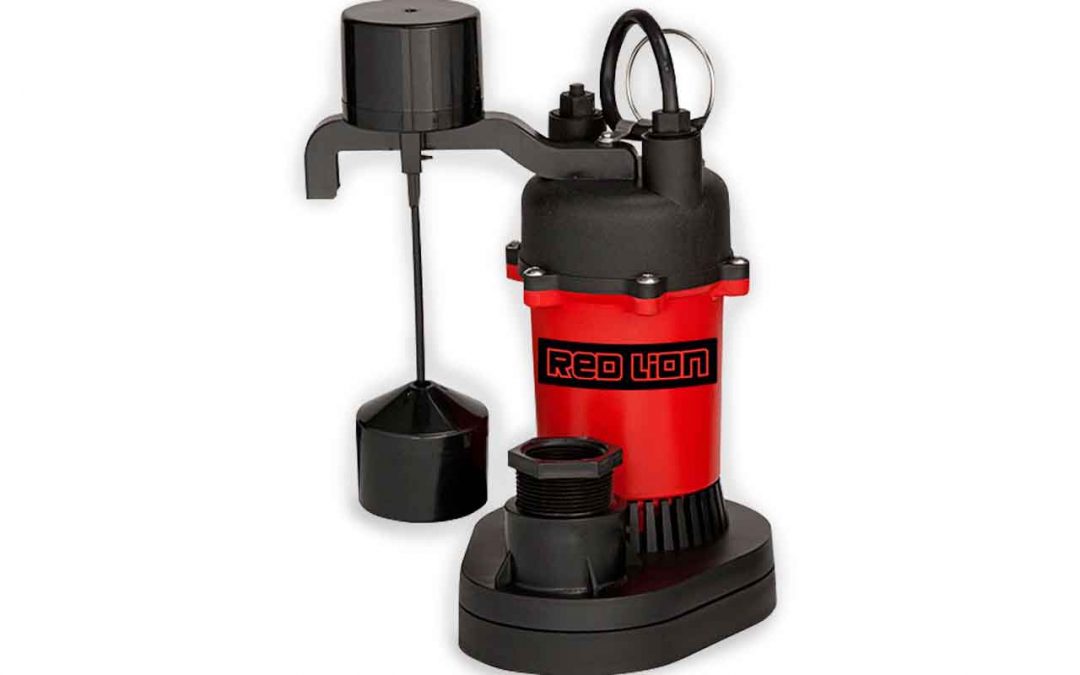
In Northern Indiana there are a variety of terrains on which homes are built. Generally, the elevation is on the lower side, and there are many lakes, wetlands, and low-lying areas that include a high water table in relation to the grade level. Because of this, the homes’ foundation needs to include a means of evacuating water that may get near the foundation.
The primary way of evacuating water before it gets into the foundation is through means of a sump pump. These are primarily found in homes with a basement or crawlspace, and not so much on slab foundations. During construction of homes built in the 70’s and newer, drain tiles were installed under and around the perimeter of the foundation to collect rising groundwater and direct it to a sump pit so the pump can move it out. Older homes may have a pit and pump, but typically don’t have the drain tile installed under the slab to help with groundwater.
Sump pumps can also be used to collect and mitigate water from condensation drains on furnaces, discharge from water softeners, drain lines from washing machines, and even from shower / sink drains in basement bathrooms. Gray water discharge is acceptable in most locations but will tend to leave a foul smell in the pit and need cleaning out occasionally.
Sump pits should have a cover that is removable to access the pump or any debris that is in the pit. It also is a safety feature to keep small children or pets from falling in the pit, which may be up to 3’ deep.
Sump pumps should not be relied upon to be the sole source of mitigating water. Essentially you are relying on pump, which is a mechanical item prone to failure, to keep your basement dry. Even more crucial is to ensure grading and draining around the perimeter diverts water away from the foundation and helps to limit the amount of water that collects around the footers where the exterior perimeter drain tile is generally installed. In addition, proper gutters and downspouts will help to properly manager rainwater.
If you have one or more sump pumps, it is always recommended to have a backup system in place such as a battery that can assist if the power goes off. A more recent type of backup system is a water powered pump that uses water to pump out what’s in the pit. This works with systems that have city water so even if the power goes off, the water from your supply lines activates the pump and helps to keep the home dry.
Either way, make sure to do regular maintenance and inspection of your sump pump even if it doesn’t run very often to ensure it is there for you when needed.
